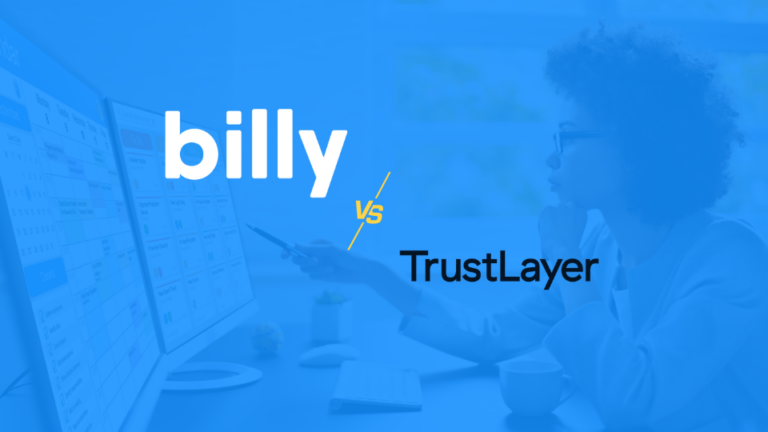To err might be human, but it’s not very welcomed in the workplace. And according to some accounts, no fewer than 118 errors are made by each employee per year. In the world of construction, even the most innocent, minimal inaccuracies can lead to financial losses, risk compliance issues, corporate reputation challenges, and other woes.
That’s why it’s important to put systems and processes in place to overcome fiscal, brand, and productivity difficulties caused by mistakes.
Before diving into some of the best management practices in construction to help temper errors, let’s talk about why human error happens at work. Typically, blunders happen for at least one of several reasons. The first cause might be that employees don’t have a process to follow, which opens the door for mistakes to creep in.
The second reason for errors could be that the process or system itself is so complicated that employees feel frustrated. Rather than try to figure everything out, they develop workarounds — even if those workarounds aren’t exactly foolproof.
And the third most common reason for mistakes among workers involves time. When people feel too rushed, they miss steps. A tiny missed step, such as forgetting about an impending deadline, can have major consequences in the construction industry.
A Complex Construction Process That Needs a Better Digital Tracking System
To get a more detailed view of how complex an ordinary construction industry process can be, consider the steps for managing and tracking subcontractor certificates of insurance (or COIs). As soon as contracts are sent, project insurance is requested. Often, at least one — if not several — follow-up emails are sent to each subcontractor in the loop. Eventually, a COI is emailed to someone, such as an accounting staffer, administrator, or project engineer.
At this point, a designated team member will review the COI. If the COI doesn’t pass muster, the team member will request a revised version via email. If approved, data points, such as policy expiration dates, are entered manually into a tracking system. It’s not unusual for one COI to contain several insurance policies. Plus, each policy will have a unique expiration date. This means one project might require hours of meticulous manual inputting to track everything.
The process hasn’t ended, though. Someone must monitor all those expiration dates. Prior to expiration, emails fly back and forth again to request renewed COIs. In the meantime, everyone’s trying to juggle all their other responsibilities.
With so many moving parts, mistakes are bound to happen. They don’t have to, though.
With Billy’s AI-enhanced insurance management tool, your construction company can reduce errors and create a solid digital tracking system. Here are just three of the advantages of leveraging our solution for document management and tracking:
- Billy automates repetitive tasks.
Remember all those steps above in the COI tracking and management process? Billy can automate them all. From requesting insurance and sending reminder emails to offering a simple COI upload portal and reviewing COIs, Billy can streamline even the most convoluted workflow.
Billy provides a straightforward way to move COIs along through a mistake-free environment designed to eliminate routinely made errors. Best of all, everything happens in the background so employees can focus on other tasks.
- Billy simplifies auditing.
Having trackable systems in place allows you to conduct audits faster when needed. If your systems aren’t consistent, they can be hard to measure and monitor.
Billy allows you to have reporting capabilities at your fingertips. See which user approved a COI and when. Track all those back-and-forth email dates with ease. See expiration dates at a glance. With Billy, you have less to worry about when it comes to knowing your company is compliant on all projects with all vendors, limiting your risk of legal action. And fewer lawsuits mean fewer headaches.
- Billy encourages employee buy-in.
Maybe you’ve tried to mandate processes before. This can be difficult because employees like to have a say when deciding on a tool or developing a process. In our experience, construction industry administrators, managers, and executives like what they see when they’re introduced to Billy. Because they see instant value, they become champions for the new processes available.
Employees also like Billy because it makes them feel more satisfied in their jobs. They can adapt faster and stay on the leading edge of technology, increasing the likelihood of better engagement across your workforce.
You might not be able to get rid of all the challenges facing construction industry owners and employees. However, you can stop errors at the source by leaning on Billy. To learn more about Billy’s construction insurance platform, text or call 332-245-0035 to reach a team member or visit our website!






